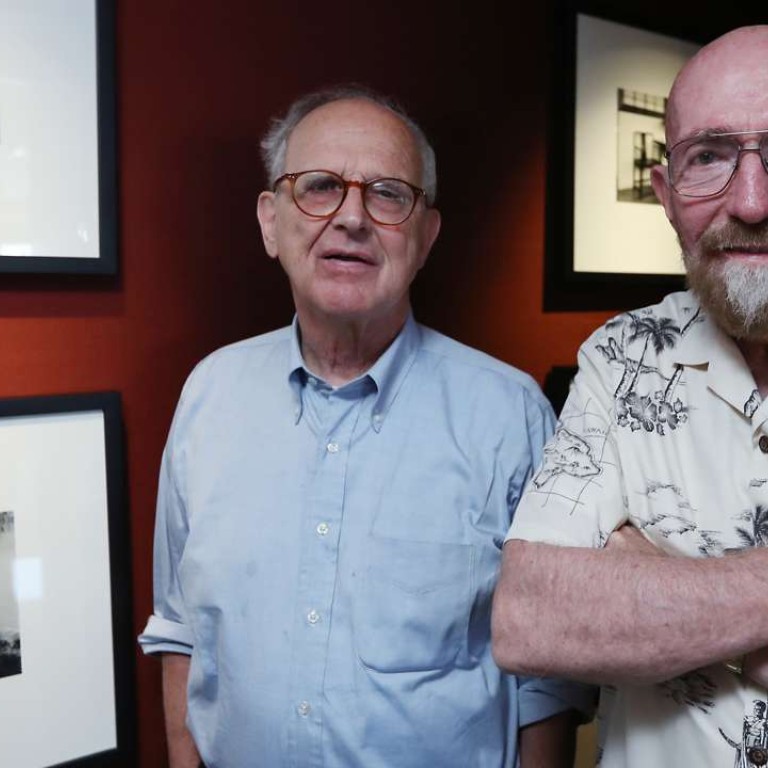
Hong Kong Shaw Prize winner who got into gravitational waves by chance
Physicist Rainer Weiss was asked to teach general relativity at Massachusetts Institute of Technology and felt he was just one day ahead of his students
Physicist Rainer Weiss was never much of an expert on general relativity. He describes himself as more of an experimenter – “a plumber” and a maker of things.
For 30 years, the Massachusetts Institute of Technology (MIT) physics department did not offer a course in general relativity. But that changed in 1967 when Weiss took the helm.
“They asked me to teach this course and I couldn’t tell them I couldn’t understand general relativity. I was one day ahead of the students at best and most of the good students might have been ahead of me,” Weiss, 84, joked.
In 1967, Weiss was tasked with explaining the “Weber bar” – a contentious device and experiment created by University of Maryland physicist Joseph Weber to detect gravitational waves.
“I didn’t understand the Weber bar and how gravitational waves interacted with it. I sat and thought about it over a weekend, trying to prepare for the lecture for the following Monday,” he recalled in an interview with the Post in Hong Kong .
“I asked myself how would I do it. The simplest way ... was a thought experiment.”

Weiss devised a “simple, primitive” experiment to present to his class. It involved two free masses placed at opposite ends, each carrying a clock and sending light from one mass to the other.
“The gravitational waves affect the time it takes light to go from one mass to another. I presented that and the mathematics of it was very easy,” Weiss said.
Weiss’ table-top experiment would become the basis for the interferometer and LIGO. In 1975 he sat down with physicist Professor Kip Thorne from the California Institute of Technology (Caltech) who theorised that a smaller “strain sensitivity” – 10 to the power of minus 21 – would be needed to improve the chance of a device detecting gravitational waves.
The duo soon established an experimental group, bringing on heavyweight Scottish experimentalist Professor Ronald Drever, who had himself designed an interferometer in 1979. In 1984, Caltech and MIT agreed to design and construct LIGO.
“This was a big and expensive project ... which people weren’t even sure would work,” Weiss said. “By the time we made the discovery in 2015, the National Science Foundation had put close to $1.1 billion into it.”

As to the implications of the project, Thorne said: “This will be the beginning of what will be a revolution in our understanding of the universe, because we’re looking at it in such a radically different way than before.”
Some physicists have compared the achievement to those of 17th century Italian astronomer Galileo, who built an optical telescope and trained it on the skies, confirming a litany of theories including Copernicus’ suggestion that our planets revolved around the sun.
The team hopes LIGO will continue to make advances and scour for black holes and gravitational waves further out to the “edge of the universe”.
“We were looking almost one-tenth of the way to the edge of the universe,“ Weiss said. “We’re planning to use the facilities we have to make improvements by another factor of 10 ... a strain sensitivity that is 10 times smaller. This means looking 10 times further out into the universe.”

